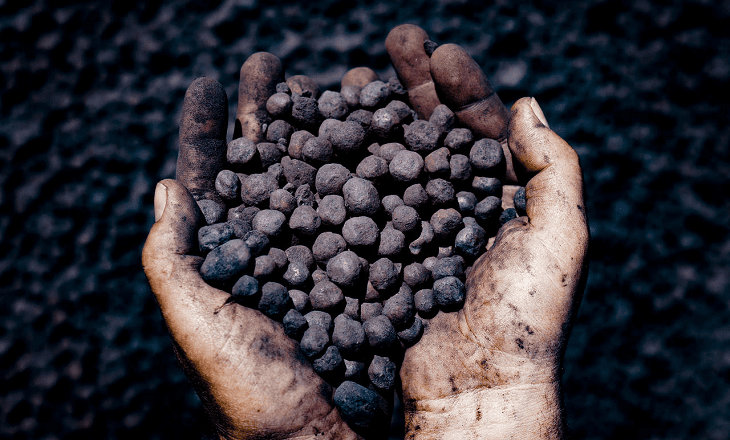The following guest post is courtesy of Ipek Ozkardeskaya, Senior Market Analyst at FCA regulated broker London Capital Group Holdings plc (LON:LCG).

Ipek Ozkardeskaya, LCG
One of the biggest drivers of the Australian dollar is the iron ore prices. Western Australia is the world’s largest iron ore producer. As a result, the Australian economy is expected to perform better with stronger iron ore prices. Iron ore futures declined by almost 30% since August and the Australian dollar topped in September, and then turned bearish and lost more than 6% of its value on a trade weighted basis since then, based on Deutsche Bank’s trade weighted spot index.
The decline in iron ore prices was one plausible explanation for the Aussie’s depreciation, but it was not the only one. The quickly narrowing interest rate differential between the Aussie versus other currencies has certainly enhanced the downside move, as carry traders stepped out of the Australian dollar because they found less profit in investing in a high beta currency. As an indication, the AU/US 2-year yields stood at 2.00%/1.44% respectively two months earlier versus 1.77%/1.76% this week.
The Reserve Bank of Australia’s (RBA) dovish stance has certainly been a factor explaining the falling Aussie rates, although many developed countries’ rates went down during the same period.
This week, the Reserve Bank of Australia (RBA) meeting minutes revealed concerns about low wages growth and tame inflation. According to policymakers, the globalization and the technology could mean low unemployment, but this does not necessarily bring a positive pressure on inflation. Hence, the RBA is in a good position to keep its benchmark interest rate at the historical low of 1.5% as long as inflation allows. RBA’s Governor Lowe stated that there is ‘no strong case for near term adjustment in the policy’.
As a result, the carry traders could not be counted on to prevent the Aussie from sliding below the 0.75 level against the US dollar.
What could potentially save the Aussie from falling more?
Over the past two months, iron ore futures have been exchanged at the bottom of the year-to-date price range. Recently, the iron ore market picked up momentum and the futures gained past 10% since end of October.
As the positive momentum strengthens, there could be a bullish breakout in iron ore prices. This could give a positive spin to the Aussie, as the currency trades near five-month lows against the greenback. Tactical long positions should however be careful while playing against the trend. Upside moves could be limited and volatile. The key resistance could be found at 0.7705 (200-day moving average).
The information and comments provided herein under no circumstances are to be considered an offer or solicitation to invest and nothing herein should be construed as investment advice. The information provided is believed to be accurate at the date the information is produced. Losses can exceed deposits.
